Looking to grow brussels sprouts in the garden this year? You might be surprised at just how easy this unique and nutritious vegetable is to grow!
Brussels sprouts are absolutely brimming with nutrients. Not only are they high in Vitamin A, Vitamin C and Potassium, they are also a great source for protein and fiber. And, contrary to popular belief, they are not hard to grow or harvest.
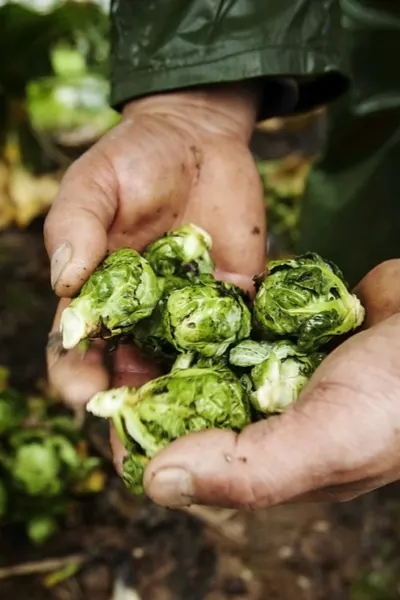
Brussels sprouts are a member of the cabbage family. Although many mistake them for mini-cabbages, they are not a cabbage at all. Among other differences, cabbages are the head of a plant, where brussels sprouts are actually the buds.
But one thing is for sure, they certainly have a truly unique look. Each plant develops long stems shooting 1 to 2 feet upward from the ground. The small, round buds form on stems underneath a canopy of leaves above.
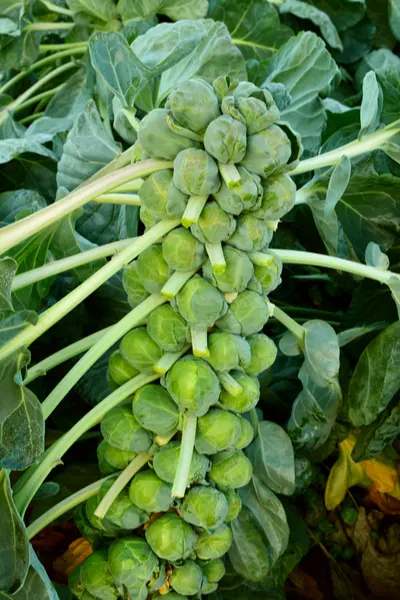
Brussels sprouts are a long-season, cool-weather loving crop, and can take up to 100 days to mature.
But although that is a long growing period, they can still be grown in most climates. How so? Brussels sprouts handle the cold with flying colors! In fact, a frost or freeze serves only to improve their flavor.
With their ability to handle cooler temps, it allows plants enough time to mature in a wide range of growing zones.
The key to growing brussels sprouts really comes down to putting transplants into the ground at the right time. This allows the crop to hit maturity just as the cool weather sets in.
All About Growing Brussels Sprouts
How & When To Plant
Although brussels sprouts can be grown directly from seed, in most situations, it is best to grow indoors and plant as transplants. This helps to give them a nice head start for their long growing cycle. Seed Links : Red Bull Heirloom Brussels Sprouts Seed – Long Island Brussels Sprouts Seeds
Start seeds indoors 4 to 8 weeks prior to the last frost date, transplanting after the soil has warmed up. In many areas, planting on or after the first of June allows a crop to mature right as cold weather sets in.
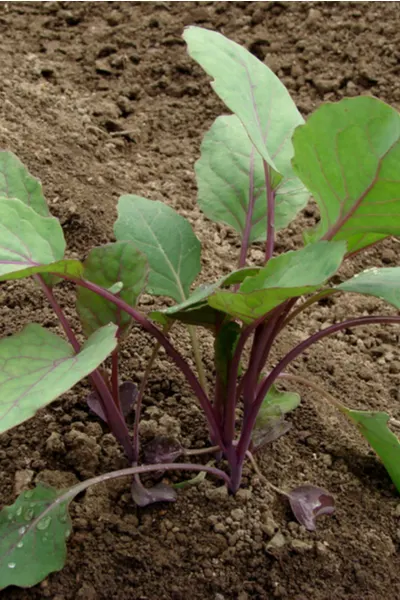
Brussels sprouts grow best in rich, loose, fertile soil. Adding in generous amounts of compost at planting time is extremely beneficial to its success. It gives the plants plenty of nutrients, all while helping to retain moisture in the soil.
Plant transplants 12″ to 18″ apart to allow plenty of room for the long stems to form and mature. Once in the ground, plants should be mulched to help conserve moisture and keep out competing weeds.
Straw, shredded leaves and grass clippings are all excellent choices for mulching. Apply a 4″ layer of mulch for maximum protection.
Fertilizing
Brussels sprouts benefit greatly from fertilizing during their first 8 weeks in the ground.
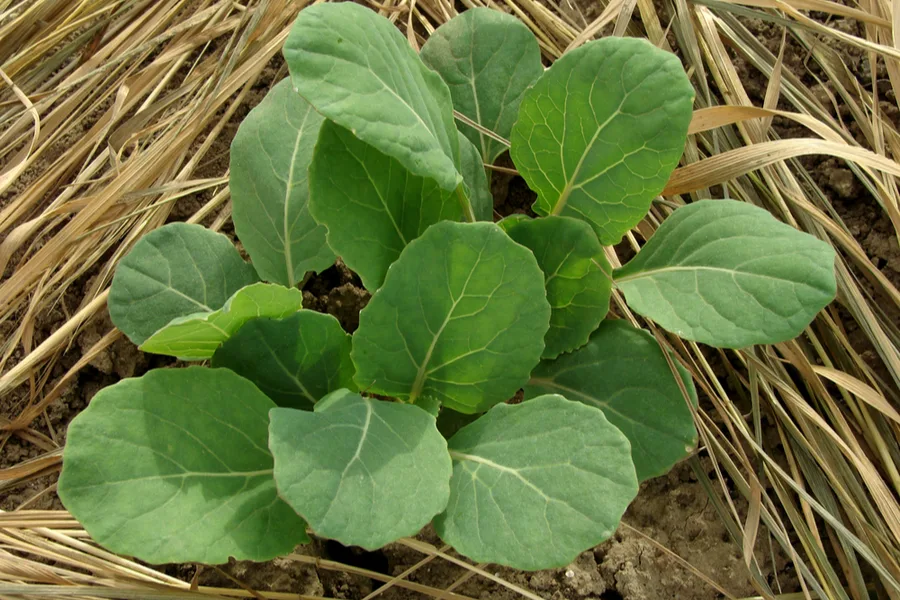
Supplementing plants with an organic fertilizer such as compost tea or worm castings or castings tea every other week for the first two months goes a long way toward developing strong roots and stems. See: Worm Castings – The Ultimate Fertilizer
Harvesting
Brussels sprouts differ from many vegetables in that they are best to harvest after a frost, and not before. Unlike tomatoes or peppers that are killed off by a hard frost, brussels sprouts survive with improved flavor from the cold.
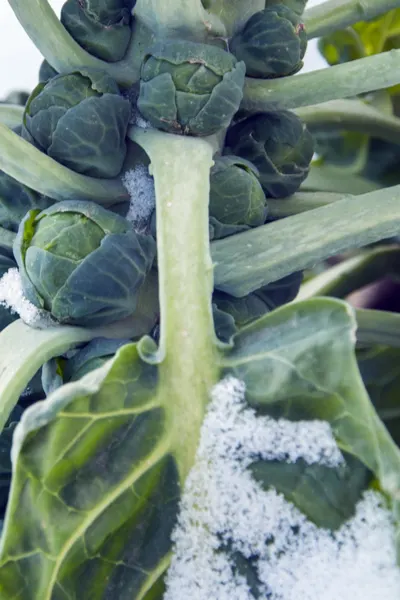
This also helps when it comes to storage. You can harvest brussel sprouts as needed right off of the stalks into late fall and early winter. Harvest by twisting or cutting off the round sprouts from the stems, taking only what you need.
Growing brussels sprouts really is a great way to add a little flavor and variety to your backyard vegetable garden!

This Is My Garden is a website dedicated to spreading the love and knowledge of gardening around the world. We publish two new garden articles each week. This article may contain affiliate links.
